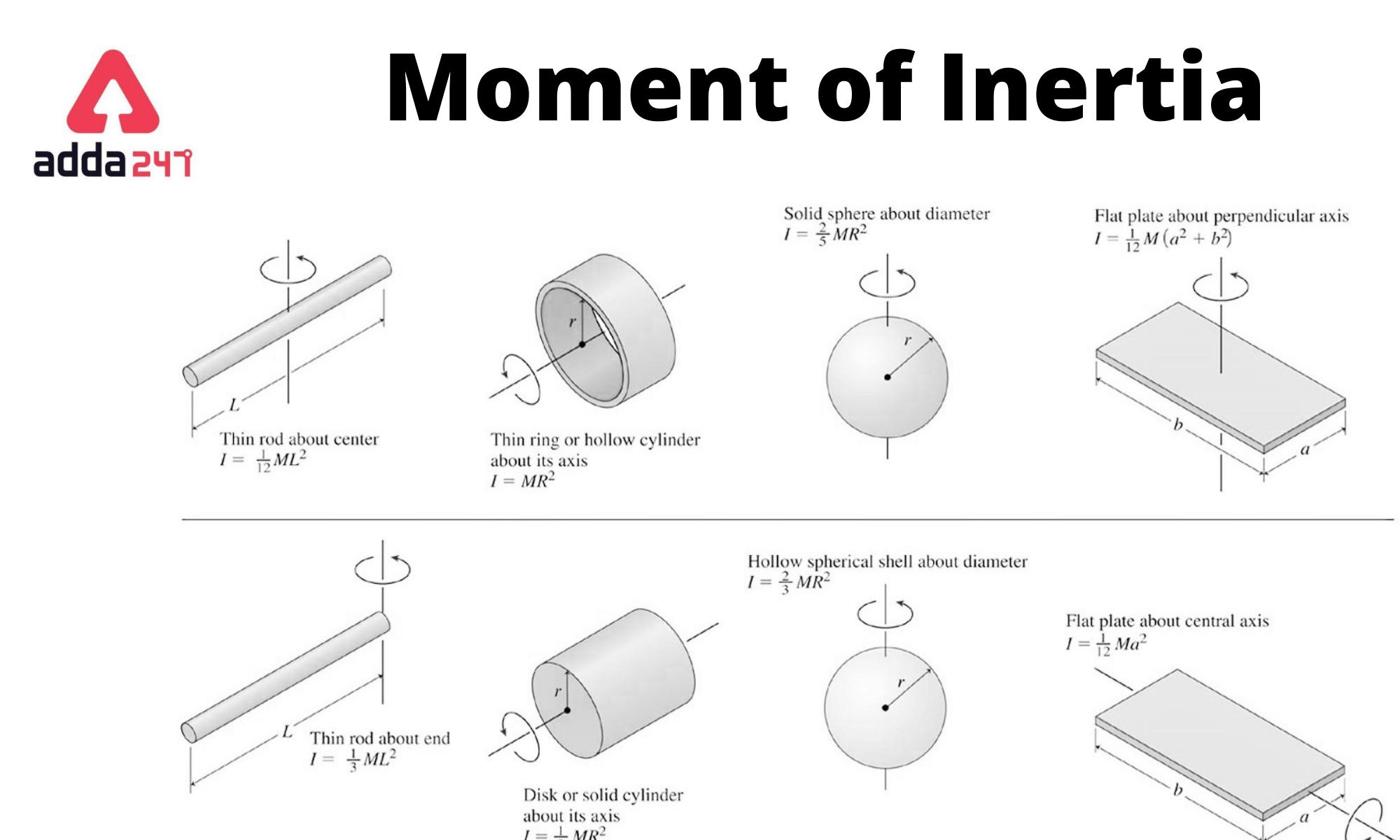Moment of Inertia Units: Quick Guide for Engineers & Students

Understanding moment of inertia units is crucial for engineers and students alike, especially in fields like mechanical engineering, physics, and structural analysis. The moment of inertia, often symbolized as ( I ), measures an object’s resistance to changes in its rotational motion. Whether you’re designing a beam, analyzing a rotating system, or solving physics problems, knowing the correct units ensures accuracy in your calculations. This guide breaks down everything you need to know about moment of inertia units, tailored for both informational and practical applications.
What Are Moment of Inertia Units?

The moment of inertia is expressed in units of kilogram-meter squared (kg·m²) in the International System of Units (SI). This unit reflects the distribution of mass around an axis of rotation. For those using imperial units, the equivalent is pound-foot squared (lb·ft²). Understanding these units is essential for translating theoretical concepts into real-world applications.
Why Do Units Matter in Moment of Inertia?

Using the correct units ensures consistency in calculations, especially when working with formulas like rotational kinetic energy or torque. Incorrect units can lead to errors in design, analysis, or problem-solving. For instance, mixing SI and imperial units without conversion can result in inaccurate results.
Key Formulas Involving Moment of Inertia
Here are some fundamental formulas where moment of inertia units play a critical role:
- Rotational Kinetic Energy: ( KE = \frac{1}{2} I \omega^2 )
- Torque: ( \tau = I \alpha )
Where ( \omega ) is angular velocity and ( \alpha ) is angular acceleration.
📌 Note: Always ensure units are consistent in your calculations to avoid errors.
Converting Moment of Inertia Units

If you’re working across different unit systems, conversion is necessary. Here’s a quick guide:
- From SI to Imperial: ( 1 \, \text{kg·m²} = 15.432 \, \text{lb·ft²} )
- From Imperial to SI: ( 1 \, \text{lb·ft²} = 0.06479 \, \text{kg·m²} )
| Unit System | Moment of Inertia Unit |
|---|---|
| SI | kg·m² |
| Imperial | lb·ft² |

Practical Applications of Moment of Inertia Units

For engineers, moment of inertia units are vital in:
- Structural Design: Calculating the bending resistance of beams.
- Machinery Design: Analyzing rotating components like flywheels.
- Physics Experiments: Studying rotational dynamics in labs.
Checklist for Working with Moment of Inertia Units

- Verify Units: Ensure all units in your calculations are consistent.
- Use Conversions: Convert units when working across different systems.
- Apply Formulas Correctly: Double-check formulas to avoid errors.
Understanding moment of inertia units is fundamental for anyone working with rotational mechanics. By mastering these units, you’ll enhance your problem-solving skills and ensure precision in your projects. Whether you’re a student or a professional, this knowledge is indispensable in engineering and physics applications.
What are the SI units of moment of inertia?
+
The SI units of moment of inertia are **kilogram-meter squared (kg·m²)
How do I convert kg·m² to lb·ft²?
+
Multiply the value in kg·m² by 15.432 to convert it to lb·ft².
Why is moment of inertia important in engineering?
+
Moment of inertia is crucial for analyzing rotational motion, designing structures, and ensuring mechanical systems operate efficiently.


